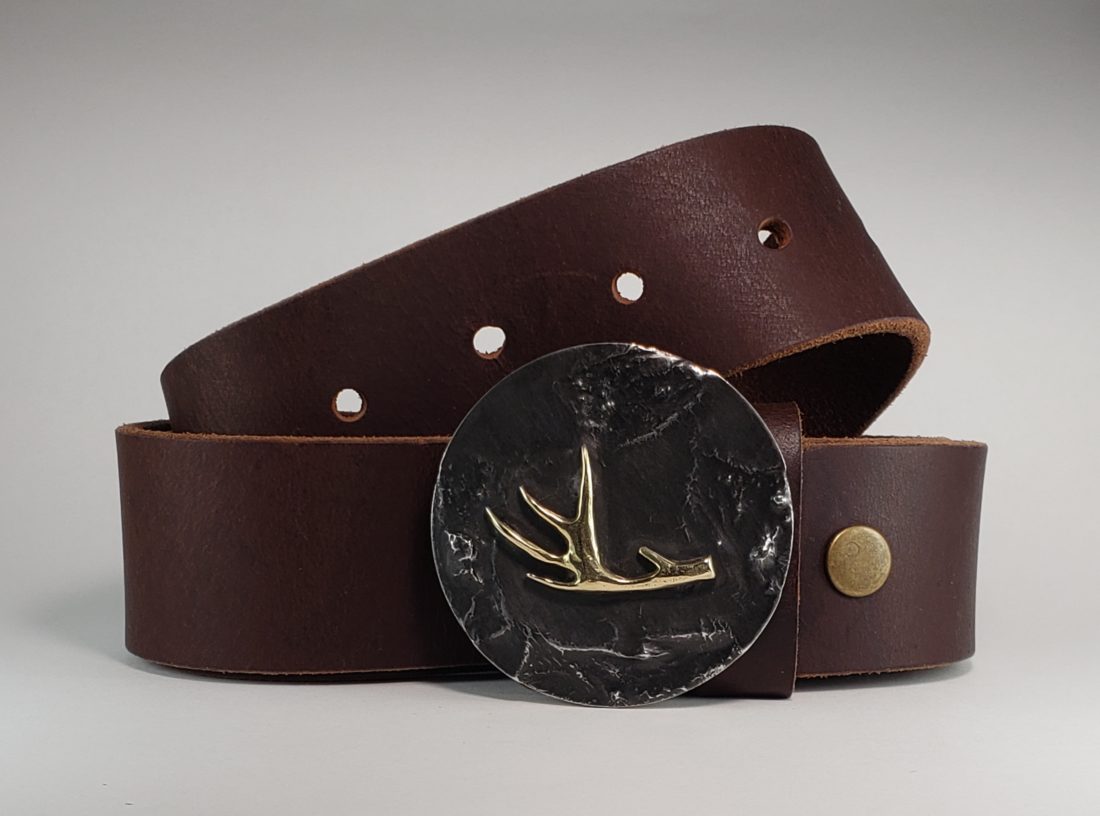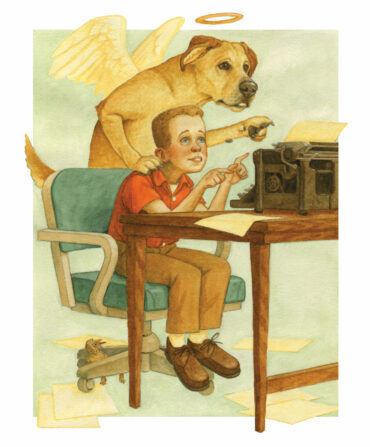My belt buckle is cooler than your belt buckle, and I write that with a confidence based on the fact that I own not only the coolest belt buckle on the planet, but the top two. Crazy thing is, they’re both made by the same guy, a PhD research pathologist turned artist who pours and pounds metals at his workshops in Tiger, Georgia, and Apalachicola, Florida.

Mark Goodwin makes many of his Tyger Forge belt buckles using the ancient “lost wax” casting process, the same process many bronze sculptors use to cast larger works of art. One of Goodwin’s buckles might include five different recycled metals—pewter, brass, nickel, and copper among them. Set amid those shimmering textures of metal are redfish, tarpon, trout, and other fish, as well as quail, waterfowl, and pheasant. His designs sometimes incorporate a single gemstone placed to complete the story. My buckle, Having a Damsel for Dinner, features a trout closing in on a blue damselfly crafted of turquoise. Others might include sunstone or spiny oyster shell or yellow jade. And amazingly, they don’t cost an arm and a leg.

Goodwin also makes what he calls a GatorGrip, and it’s the best web belt I’ve ever tried. Scout belts and so-called Army belt buckles slip because they rely on a smooth arm pressed into the webbing. Goodwin’s closes like a clamshell, with a heavily toothed bar that bites into webbing from an Alabama manufacturer who makes it to his specifications. Goodwin uses the brass buckle face on these belts as another canvas, soldering hand-cut silhouettes of fish, birds, and more onto each and finishing it with a polish of beeswax and turpentine. Cinch this belt and it’s not budging. I’ve worn mine on every bird hunt, duck hunt, deer hunt, and grocery store run I’ve gone on for the last two years. Bombproof.

And I love Goodwin’s story as much as his buckles. He learned metalworking when he was searching for a hand-crafted kilt buckle years ago and couldn’t find one. “So I bought some metal and made one,” he says with a shrug. “I read a couple books, followed some jeweler’s forums on the Internet.” Then he made a second and a third, and word began spreading. At one point his kilt buckles were for sale in the Scottish Tartans Museum and Heritage Center in Franklin, North Carolina.
But the pull of tides and saltmarsh and the thrill of a covey rise would soon find their way onto the avid sportsman’s buckles. Splitting time between the Gulf Coast and north Georgia, Goodwin finds plenty of inspiration, and he labors over molds for new designs. His line also includes shed antlers and turkey tracks, and he’s experimenting with oyster shell chips set into a black resin brick, then thinly sliced.

Goodwin’s belts and buckles have been displayed at Paderewski Fine Art in Beaver Creek, Colorado, and the Sportsman’s Gallery in Charleston, South Carolina, and you can find the full range on offer at his Tyger Forge website.
“I probably ought to take a course and learn how to do this,” he says, laughing. “But maybe next I’ll try to figure out how to make a shoe.”
Follow T. Edward Nickens on Instagram @enickens.








